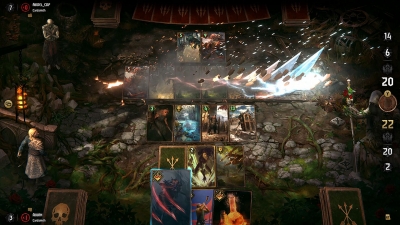It seems like a long time ago that Valorant released – all the way back in June at this point, but things have moved very quickly. Teams established themselves very quickly and tournaments began to pop up almost immediately. Although the hype died after the release following the extremely successful beta period, it wouldn’t be a push to say the game has certainly been a success. That doesn’t mean that all of the features have helped this along, but where has the game come up strong?
Migration of big names – Perhaps the biggest reason for the early success had been the migration of many successful players from other games, particularly from Counter-Strike: Global Offensive. Many of the top teams quickly picked up players from CS, Fortnite, Overwatch, and PUBG and so the fans and followers quickly followed. This had also helped other markets, particularly in betting as it brought familiarity with known players as many fans do some esports betting here for Valorant.
FPS genre success – Another big selling point for many had just been the fact the game is in the FPS genre – other big esports titles can often be a little bit difficult to watch as a new spectator with flashy spell effects or confusing interfaces. As a base game, first-person shooters are extremely easy to understand and have largely been credited for part of the success – this is where things may have been a little difficult for Valorant as it tried to blend a few different genres which had made some issues of gameplay a little more confusing for the casual viewer, but has still remained relatively easy to watch compared to some other titles.
Riots production value – Having learned a lot from their years of production on the big stage for the many different League of Legends seasons held over the past decade, the production value has certainly helped the growth too. Whilst the individual broadcasts may not have always been the most stable with intermittent issues, a certain style had been clearly put in place with talent from other games used for broadcasting too. Once the larger Riot hosted events do begin, viewers will be able to see the production value in full swing, and this will certainly help to generate additional buzz where other games in the genre are also starting to produce new content to go alongside their broadcasts, such as the recent usage of the Skybox tool in Counter-Strike.
As a brand new game, particularly one launching during a global pandemic, it’s safe to safe that Valorant has done very well – whilst there will no doubt be teething issues that appear with such a young game, a lot of promise has certainly been shown. Viewing numbers perhaps remain a little lower than many had hoped too, but this may also be a product of so many big events taking place throughout the back half of the year for both crossover audiences in League of Legends and Counter-Strike, and with most major events seen to conclusion it may allow some breathing room.






